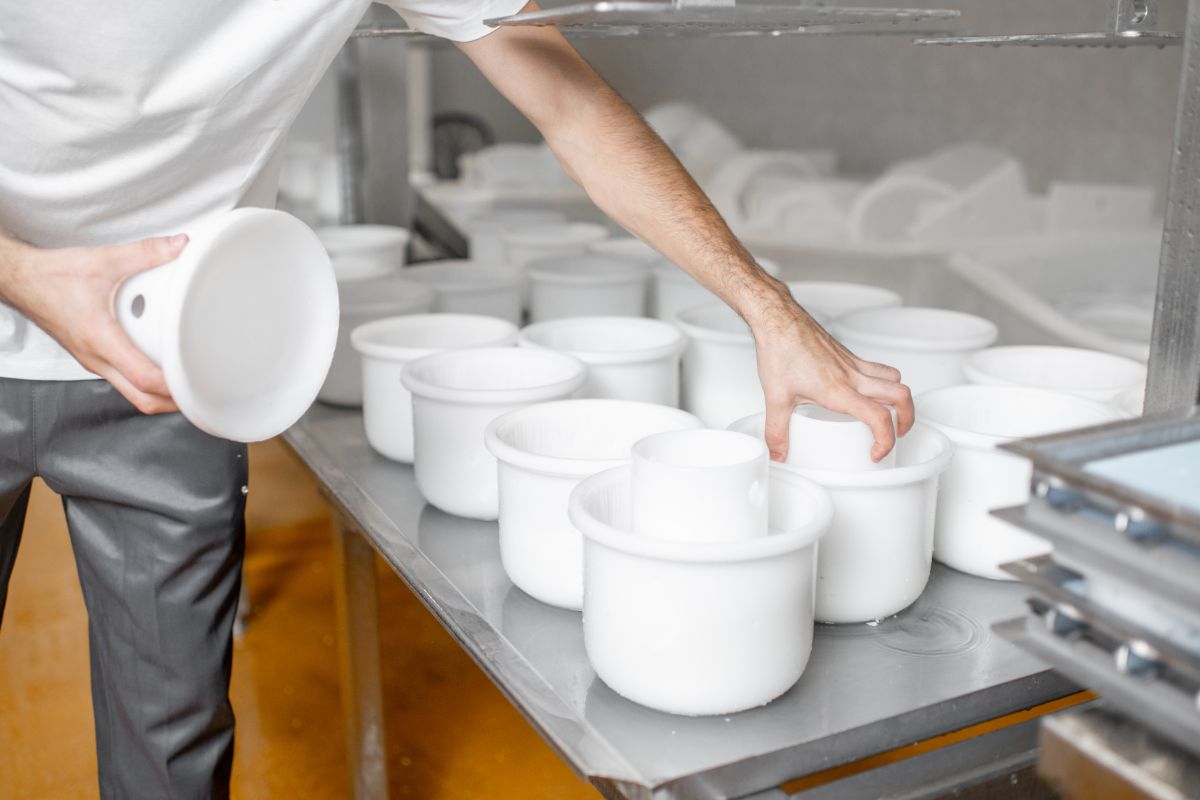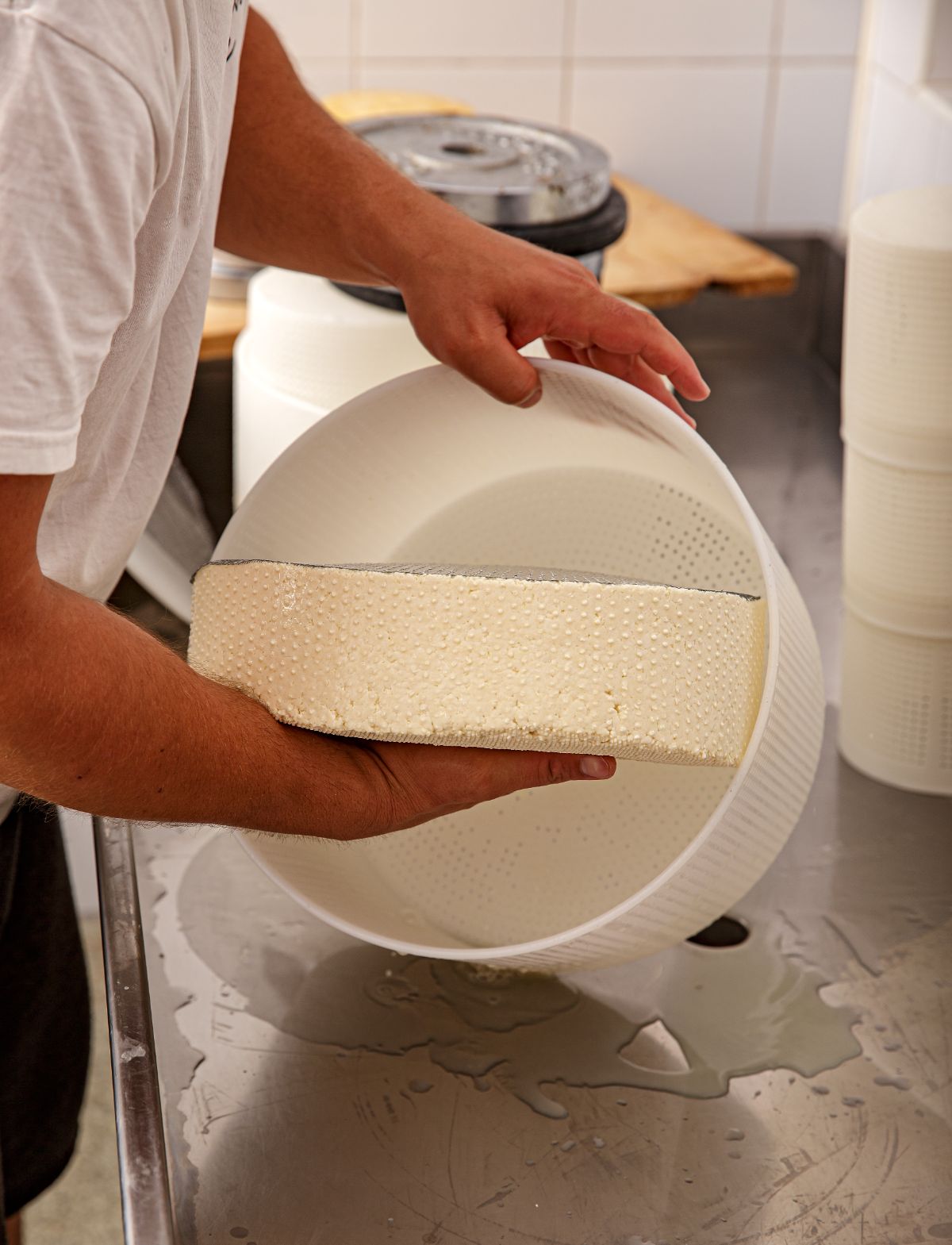March 1, 2023
Causes Of Injection Molding Defects And How To Prevent Them

Injection molding is a widely used manufacturing process for producing parts and products of various sizes and shapes. However, defects can occur during the process, affecting the quality and performance of the final product. Locating the causes of injection molding defects can ease your plastic production.
Flow lines are a typical problem for injection molding faults that appear as visible streaks or lines on the surface of the molded part. Molds gain streaks through molten plastic cooling and solidifying at different rates.
One cause of flow lines is low injection speed, which can result in the molten plastic cooling too quickly and creating a visible streak. Another cause is the high viscosity of the plastic, which can make it difficult to flow evenly throughout the mold cavity. Inadequate gate size can also cause flow lines, as a smaller gate size can restrict plastic flow into the mold cavity.
Injection molding operators can take several steps to prevent flow lines from occurring. Increasing speed ensures that plastic flows more evenly and quickly through the mold cavity, reducing the chance of visible streaks or lines. Reducing the viscosity of the plastic by increasing the melt temperature can also help to prevent flow lines, as can increasing the gate size to ensure that the plastic flows freely into the mold cavity.
Short shots are molding defects that occur when the molten plastic does not fill the mold cavity, resulting in an incomplete part. This can happen for several reasons, including inadequate injection pressure, low melt temperature, or improper venting.
Inadequate injection pressure can cause short shots if the molten plastic incompletely flows into all areas of the mold cavity. Similarly, low melt temperatures can make the plastic denser, making it harder to stream into all parts of the mold cavity. Improper venting can also cause short shots by trapping air in the mold cavity.
To prevent short shots, injection molding operators can increase injection pressure or use proper venting. Increasing injection pressure guarantees that the plastic flows into all areas of the mold cavity and helps reduce the viscosity of the plastic, allowing it to flow more easily into all parts of the mold cavity. Proper venting can also prevent short shots by allowing air to escape from the mold cavity and the plastic to fill all areas.
Sink marks are molding defects that appear as pits or dents on the surface of the molded part. This defect occurs due to uneven cooling of the molten plastic in the mold, resulting in an area that solidifies faster than the surrounding plastic.
Thick sections of the part are more prone to sink marks as they require more cooling time, which can result in uneven cooling. Inadequate packing pressure can also cause sink marks by leaving voids in the plastic that result in depressions or dents on the surface of the molded part.
To prevent dents, injection molding operators can use thicker walls. Using thicker walls or adding ribs for support can reduce the likelihood of sink marks by reducing the cooling time required. In addition, maintaining a consistent mold temperature throughout the cooling process can help to ensure even cooling.

Warpage is a molding flaw that appears as a distortion or bending of the molded part. This defect occurs due to uneven cooling of the molten plastic in the mold, resulting in areas that cool and solidify at different rates and causing stress within the part.
Several factors can contribute to warpage, including uneven wall thickness, residual stress, or incorrect mold temperature. A part with inconsistent viscosity can cause one area to cool faster than another, leading to warpage. Residual stress within the plastic can contribute if it is not correctly cooled or annealed after molding. Incorrect mold temperature can also cause warpage, as uneven cooling can lead to uneven shrinkage and distort the shape of the part.
To prevent warpage, injection molding operators can take several steps. Ensuring that the wall thickness of the part is consistent can help to reduce the likelihood of uneven cooling and warpage. Additionally, annealing the part after molding can help relieve any residual stress. Maintaining a constant mold temperature throughout the cooling process can also help to prevent warpage.
Flash is a deficiency that appears as excess material along the edge of the part. This defect occurs when the molten plastic escapes from the mold cavity and flows into the parting line between the two halves of the mold. The excess material, or flash, can appear as thin fins, ridges, or other protrusions along the edge of the part.
Insufficient clamping force can cause the mold to separate slightly, allowing the molten plastic to escape and form a flash. Excessive injection pressure can also cause the molten plastic to force its way out of the mold cavity. Also, improperly aligned or worn mold components can contribute to flash by creating gaps or spaces between the two halves of the mold that allow the plastic to escape.
Injection molding operators can take several steps to prevent flashing. Proper clamping can help prevent flash by preventing the mold from separating during the injection process. Reducing injection pressure can also halt the defect by ensuring the plastic does not force its way out of the mold cavity. Regular maintenance and inspection of the mold can control flash by securing the correct alignment.
It is important to note that injection molding is a complex process that requires careful attention to detail and precise control of various parameters. By taking the necessary steps to prevent defects, injection molding operators can produce high-quality parts that meet the requirements of their customers.
If you want to prevent the causes of injection molding defects, our expert plastic mold makers at Richfields Plastics are willing to help. Make sure to visit our website if you plan on getting an injection mold for your business.